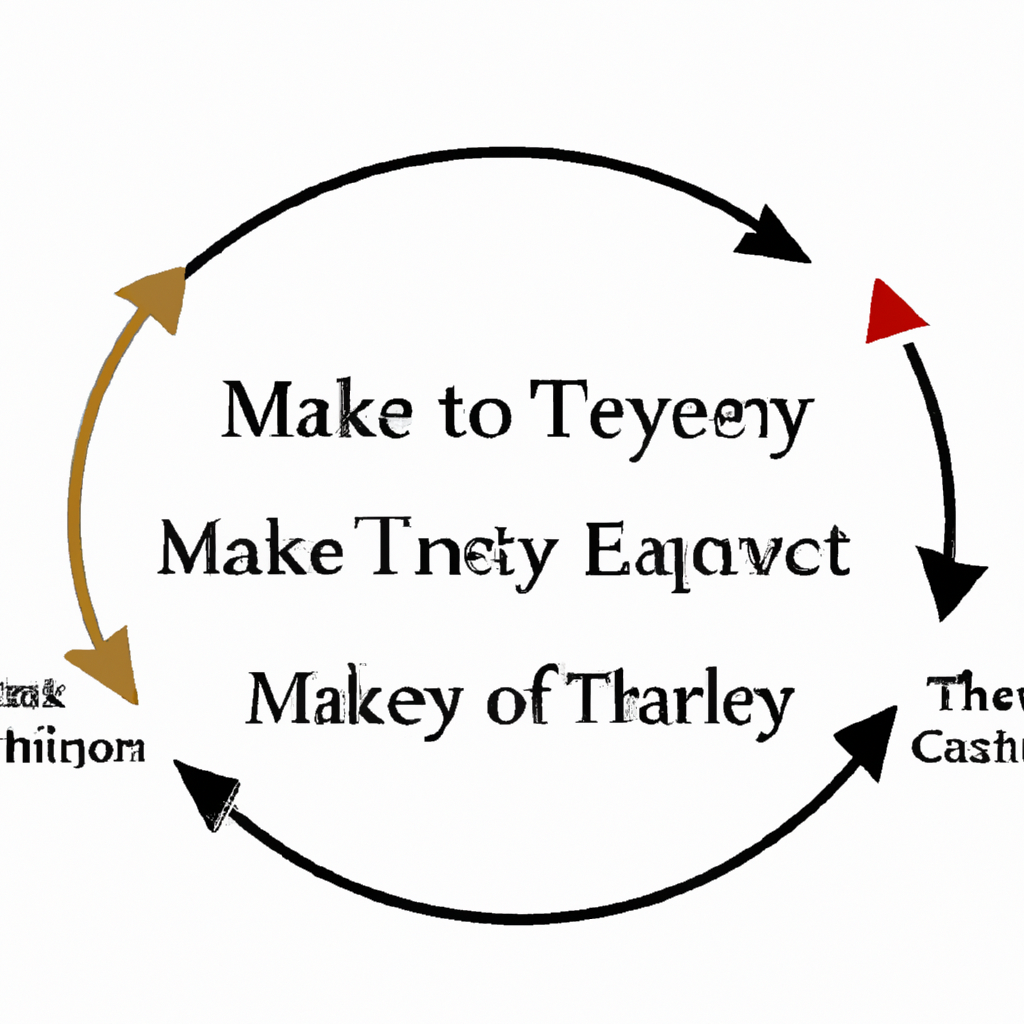Market Cycle Theories: Understanding the Ups and Downs of the Financial Markets
Introduction
The financial markets are known for their unpredictable nature, characterized by periods of growth and decline. To make sense of these fluctuations, market cycle theories have been developed to help investors and analysts understand and predict market behavior. In this article, we will explore some of the most widely recognized market cycle theories and their implications for investors.
The Efficient Market Hypothesis (EMH)
The Efficient Market Hypothesis (EMH) is a theory that suggests financial markets are efficient and that all relevant information is immediately reflected in asset prices. According to this theory, it is impossible to consistently outperform the market by using past price information or other historical data. The EMH implies that market cycles are random and cannot be predicted.
The Dow Theory
The Dow Theory, developed by Charles Dow in the early 20th century, is one of the oldest and most influential market cycle theories. It suggests that markets move in a series of trends, including primary, secondary, and minor trends. The primary trend represents the long-term direction of the market, while secondary trends are shorter-term corrections within the primary trend. Minor trends are even shorter-term fluctuations. The Dow Theory is often used to identify bullish or bearish market phases.
Elliott Wave Theory
The Elliott Wave Theory, developed by Ralph Nelson Elliott in the 1930s, proposes that market cycles follow repetitive wave patterns. According to this theory, markets move in five waves in the direction of the primary trend, followed by three corrective waves. These waves can be seen in various timeframes, from minutes to decades. The Elliott Wave Theory aims to predict future price movements based on wave patterns and market psychology.
Kondratiev Waves
Kondratiev Waves, also known as long economic cycles, were first proposed by Nikolai Kondratiev in the 1920s. This theory suggests that the economy goes through long waves of approximately 50 to 60 years, characterized by periods of expansion and contraction. These waves are influenced by technological advancements, geopolitical events, and societal changes. Kondratiev Waves provide a macroeconomic perspective on market cycles and can help identify long-term investment opportunities.
Implications for Investors
Understanding market cycle theories can be beneficial for investors in several ways. Firstly, it helps investors recognize that market cycles are a natural part of the financial system and that both growth and decline are inevitable. Secondly, it allows investors to make informed decisions based on the current phase of the market cycle. For example, during a bullish phase, investors may choose to increase their exposure to equities, while during a bearish phase, they may opt for more defensive strategies.
Conclusion
Market cycle theories provide valuable insights into the ups and downs of the financial markets. While some theories focus on short-term trends, others offer a broader perspective on long-term economic cycles. By understanding these theories, investors can enhance their decision-making process and navigate the markets with greater confidence. However, it is important to remember that market cycles are influenced by numerous factors and can never be predicted with absolute certainty.

